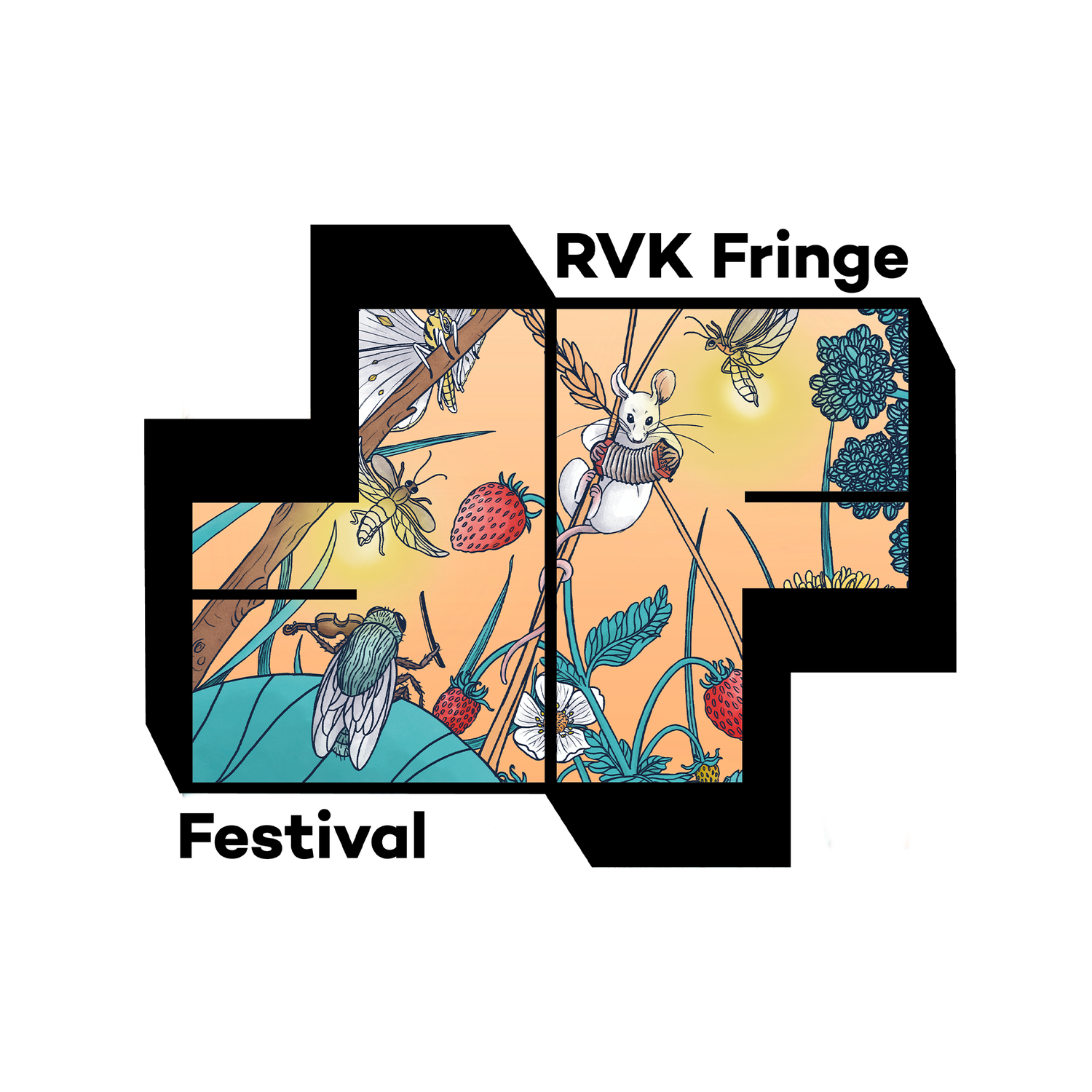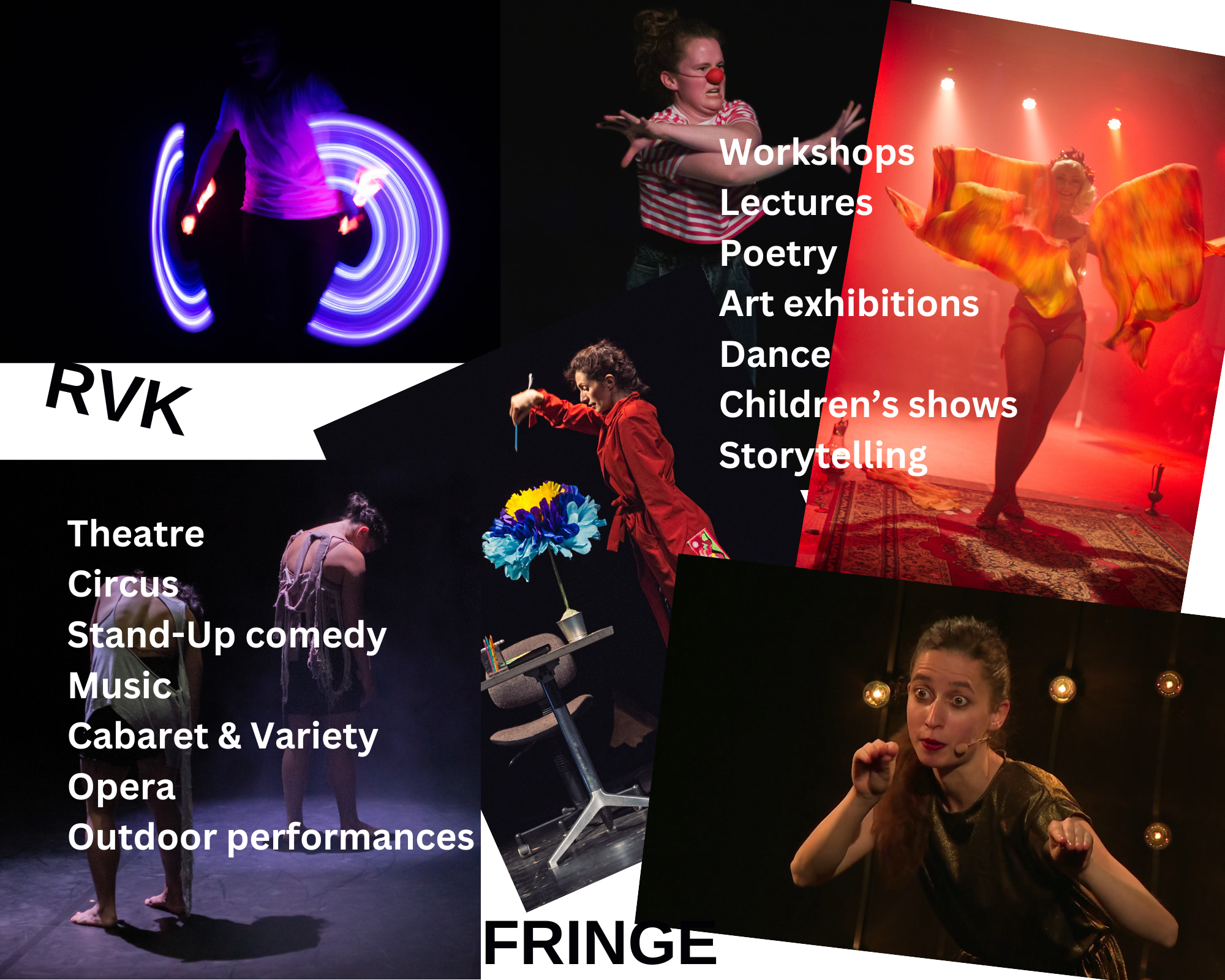What is a Fringe festival?
In 1947, in the wake of the second world war, the Edinburgh International Festival was born out of a desire to lift up the spirit and return to a certain level of “normalcy”. Carefully curated, the festival featured classical pieces along with other art forms implying the performers would participate on invitation only. However, eight theater companies decided otherwise and were determined to be seen and make their voices heard during this festival.
Uninvited, they bravely took the initiative to stage their productions in smaller, unconventional venues as official ones were fully booked. The following year, a journalist and playwriter said "Round the fringe of official Festival drama, there seems to be more private enterprise than before ... I am afraid some of us are not going to be at home during the evenings!"- And the Fringe theatre movement saw the light! In 1958, the trend was formally acknowledged and supported by the establishment of the Edinburgh Festival Fringe Society.
GLOBAL MOVEMENT
There are hundreds of Fringe festivals around the world, and new ones pop up each year. It all started with the Edinburgh Fringe festival in 1947 which is now the largest arts festival in the world!
Today, the Edinburgh Festival Fringe has far outgrown its original size and features all art forms with no restrictions whatsoever. Fringe Festivals exist globally and come in all shapes and sizes. Be it theatre, stand-up comedy, dance, poetry, burlesque, street performance, installation art, mobile art, or any other form of artistry - you name it, a Fringe Festival has put it on.
And the Reykjavík Fringe is no different. We welcome any and all art forms, from all over the world.
“I have always worked and did my work on the Fringe, where I feel very comfortable.”







